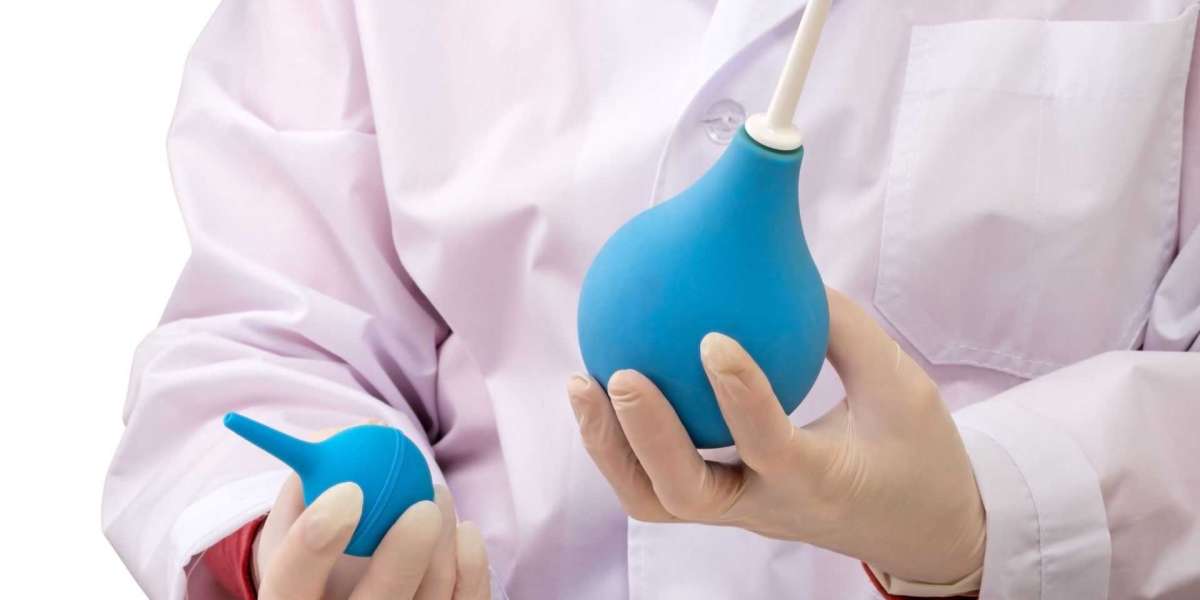Growing Preference for Long-Acting Contraceptives Fuels Global Intrauterine Devices Market
According to the latest report published by Renub Research, the Global Intrauterine Devices (IUD) Market is projected to grow from US$ 5.34 Billion in 2023 to US$ 7.53 Billion by 2032, registering a CAGR of 3.88% during the forecast period 2024 to 2032. The steady growth is driven by increasing awareness of reproductive health, rising demand for long-term reversible contraception (LARC), and advancements in IUD design and safety.
? Read the Full Report Here: Global Intrauterine Devices (IUD) Market
Rising Global Awareness and Demand for Family Planning Solutions
Increased global attention on women’s reproductive health, coupled with improved access to healthcare services, is leading to greater adoption of intrauterine devices. Governments and non-governmental organizations (NGOs) across the world are promoting family planning initiatives as part of sustainable development goals. IUDs are gaining traction as they offer cost-effective, long-lasting, and reversible contraception.
Unlike short-term methods such as oral contraceptives or condoms, IUDs provide protection for 3 to 10 years, depending on the type, making them ideal for women seeking a reliable, low-maintenance option.
Hormonal vs Copper IUDs: Both Show Rising Uptake
The IUD market is broadly segmented into two types:
Hormonal IUDs (e.g., levonorgestrel-releasing IUDs like Mirena)
Copper IUDs (non-hormonal, such as ParaGard)
Hormonal IUDs are increasingly preferred for their dual role in preventing pregnancy and managing menstrual disorders such as heavy bleeding and endometriosis. On the other hand, copper IUDs are gaining popularity among women looking for hormone-free solutions, particularly those who may experience side effects from synthetic hormones.
Both types of IUDs offer over 99% effectiveness, and advancements in IUD materials and insertion techniques are making the procedures safer and less painful.
Technological Advancements Improve Safety and Ease of Use
The market is also being shaped by innovations in IUD design and delivery systems. Manufacturers are developing smaller, more flexible IUDs to reduce discomfort and complications during insertion, especially for younger and nulliparous women. New-generation IUDs are also being designed with biocompatible materials, longer duration, and improved hormone-release mechanisms.
Technological progress includes:
Frameless IUDs to minimize uterine irritation
3D ultrasound-compatible devices for accurate placement
Self-dissolving insertion systems
Remote consultation platforms to guide aftercare
These innovations enhance user satisfaction, reduce clinical errors, and improve continuation rates.
North America and Europe Remain Leading Markets, Asia-Pacific to Witness Fastest Growth
North America, particularly the United States, continues to be a leading region in IUD usage, supported by high awareness, favorable reimbursement policies, and endorsement by healthcare professionals. The American College of Obstetricians and Gynecologists (ACOG) recommends IUDs as first-line contraceptive options for women of all ages.
In Europe, countries such as Germany, the UK, and France have robust public health systems that support widespread access to modern contraceptives. Awareness campaigns and school-based reproductive education have further normalized the use of IUDs among young women.
However, the Asia-Pacific region is projected to witness the highest CAGR during the forecast period. Rapid urbanization, rising healthcare expenditure, and government initiatives to control population growth in countries like India, China, Indonesia, and the Philippines are key factors driving adoption. The growth is also supported by increasing female workforce participation and delayed childbearing trends.
Government Programs and NGO Support Enhance Market Penetration
Supportive policies and subsidies from governments and international health organizations are key enablers of market growth. The World Health Organization (WHO), United Nations Population Fund (UNFPA), and USAID have been instrumental in providing funding, training healthcare providers, and ensuring the availability of quality IUDs in low- and middle-income countries.
Notable programs include:
India’s Mission Parivar Vikas
Family Planning 2030 (FP2030) global partnership
Marie Stopes International's mobile clinics
Such programs reduce the stigma around contraception and ensure equitable access to IUDs in remote and underserved regions.
Shift in Consumer Preferences Towards Reversible and Long-Term Options
Women today are increasingly seeking autonomy in reproductive choices and prefer methods that align with long-term life planning. The modern user prefers IUDs because:
They are low maintenance (no daily intake required)
Highly effective
Reversible (fertility quickly returns upon removal)
Discreet, offering privacy in usage
This shift is particularly notable among millennials and Gen Z, who prioritize health, convenience, and control.
Competitive Landscape: Innovation and Awareness Drive Market Share
Leading companies are focusing on:
RD investment in next-gen IUDs
Strategic collaborations with public health organizations
Educational campaigns targeting both physicians and end-users
Key market players include:
Bayer AG (Mirena, Kyleena, Skyla)
CooperSurgical Inc. (ParaGard)
Meril Life Sciences
OCON Healthcare
Pregna International
SMB Corporation of India
HLL Lifecare Limited
Medisafe Distribution Inc.
These companies are also investing in telehealth consultations, mobile apps for IUD tracking, and training programs for gynecologists to enhance product reach.
Challenges in the Market: Misinformation and Cultural Barriers
Despite strong growth, the IUD market faces a few challenges:
Myths and misinformation regarding side effects, infertility, and discomfort
Limited access in rural and conservative regions
Shortage of trained professionals to insert and manage IUDs
High upfront costs in certain countries without insurance coverage
Addressing these issues requires awareness programs, user testimonials, and government collaboration to improve outreach and education.
Future Outlook: Personalization and Smart Devices on the Horizon
Looking ahead, the intrauterine devices market is poised for transformation with the advent of:
Personalized hormone delivery IUDs
Bioengineered materials for longer efficacy
Smart IUDs with embedded microchips for hormone release tracking
Self-insertable IUDs for remote settings
Such advancements will further simplify usage, improve adherence, and broaden accessibility across socio-economic segments.
New Publish Report:
- Global Building Materials Market – Construction Trends Forecast 2025–2033
- Global Biotechnology Market – Therapeutic Innovations Forecast 2025–2033
- Global Bakery Products Market Size, Share Forecast 2025–2033
About the Company
Renub Research is a Market Research and Consulting Company with more than 15 years of experience, especially in international Business-to-Business Research, Surveys, and Consulting. We provide a wide range of business research solutions that help companies make better business decisions. We partner with clients across all sectors and regions to identify their highest-value opportunities, address their most critical challenges, and transform their businesses.
Our wide clientele includes key players in Healthcare, Travel Tourism, Food Beverages, Power Energy, Information Technology, Telecom Internet, Chemicals, Logistics Automotive, Consumer Goods Retail, Building Construction, and Agriculture. Our core team comprises experienced professionals with graduate, postgraduate, and Ph.D. qualifications in Finance, Marketing, Human Resources, Bio-Technology, Medicine, Information Technology, Environmental Science, and more.
Media Contact
Company Name: Renub Research
Contact Person: Rajat Gupta, Marketing Manager
Phone No: +91-120-421-9822 (IND) | +1-478-202-3244 (USA)
Email: rajat@renub.com
Website: www.renub.com
? Read the Complete Report: Global Intrauterine Devices (IUD) Market













